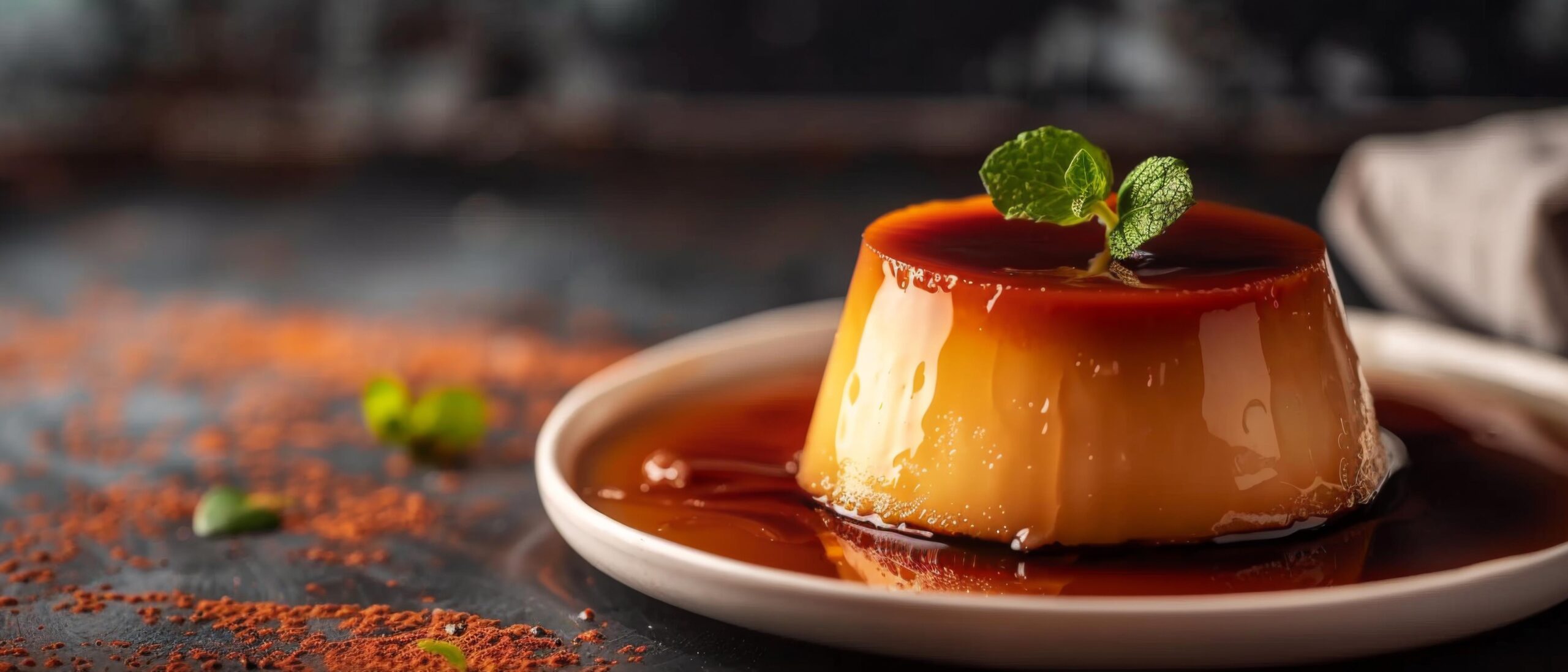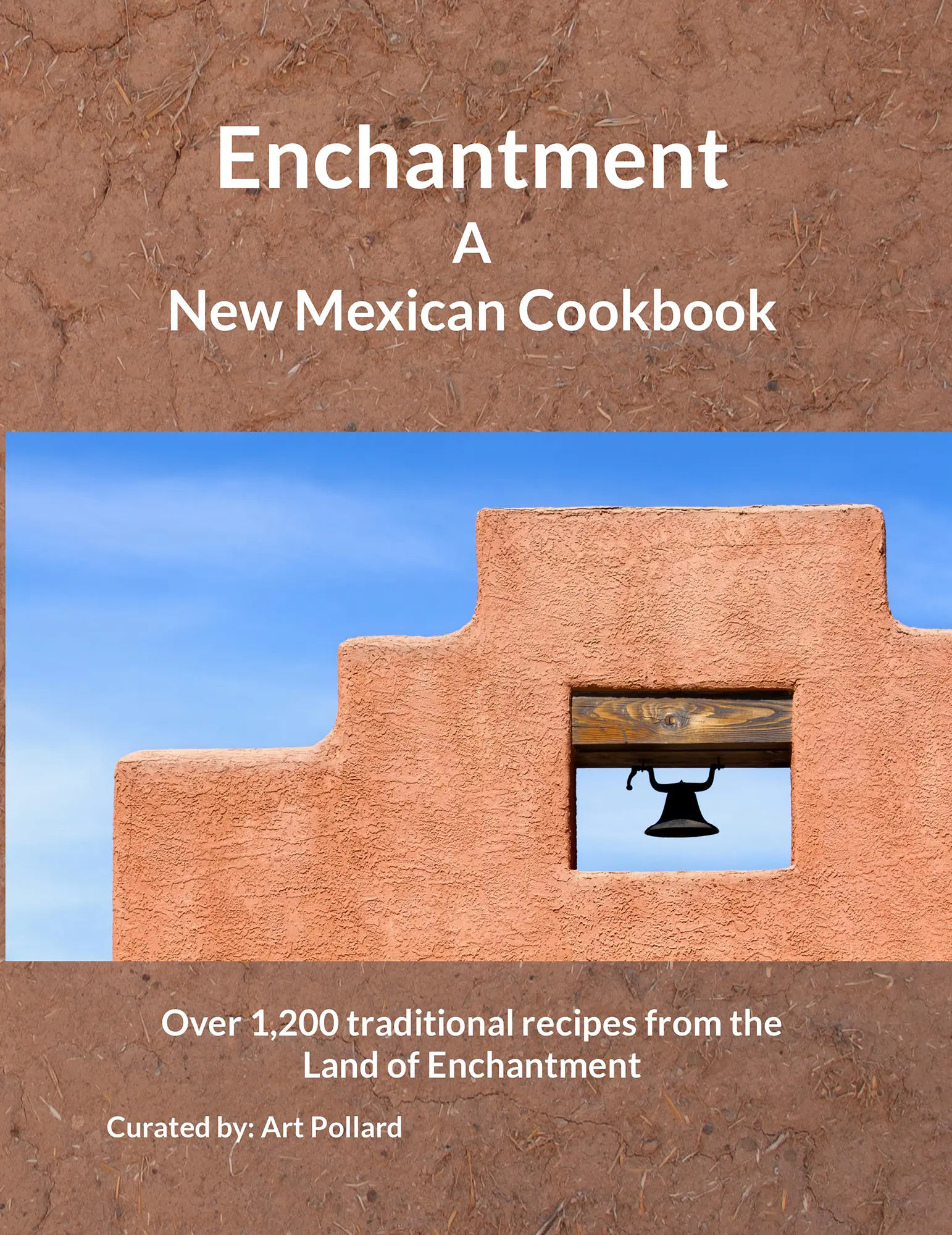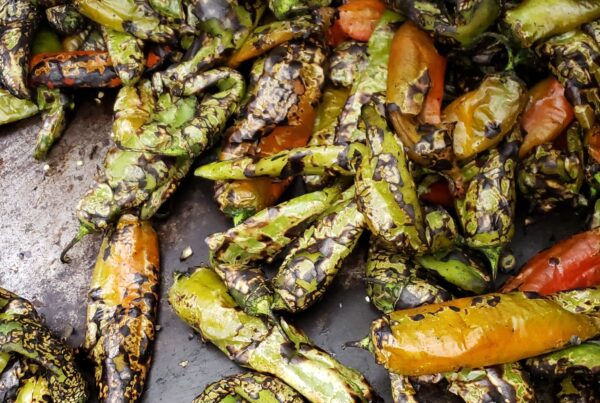With its unique fusion of cultural influences, ingredients, and cooking techniques, New Mexican cuisine stands apart from other regional cooking. This food has over hundreds of years established its own identity, characterized by specific ingredients, flavors, and culinary traditions.
New Mexican Ingredients
New Mexican dishes tend to emphasize simple, hearty ingredients, making them both comforting and filling, with bold, layered flavors that combine heat with sweetness, smokiness, and earthiness.

At the heart of the state’s cuisine is the use of iconic green and red chiles. The ubiquitous pepper is central to many dishes like green chile stew or red chile posole, but is often a condiment served over everything from eggs to mashed potatoes. These chiles, particularly the Hatch green chile (Hatch refers to the geographic area where the chiles are grown, not a specific variety of pepper), are celebrated for their rich flavor and varying heat levels. While other peppers like jalapeños, serranos, and chipotles are widely incorporated into dishes, it’s the preference for green and red chile in New Mexico that is so pronounced that many dishes are categorized based on their sauces – simply denoted on menus as “red” or “green.”

Another key ingredient that set New Mexican food apart from other regional cuisines is corn, whether white or yellow for tortillas or hominy for posole, or blue, often ground into masa for tortillas or used in various dishes such as blue corn pancakes or the porridge/drink called atole. As a staple, corn reflect the state and cuisine’s Native American heritage.
Piñon (also spelled pinyon) is the nut of specific pine trees, and harvesting them by hand is often an occasion. The nut has deep traditional roots among Native American tribes in the region, too. This beloved ingredient adds rich, sweet, buttery flavor that enhances both savory and sweet dishes. In baked goods, piñon nuts are a popular addition to cookies, breads, and pastries, while toasted piñon nuts are sprinkled on salads for crunch and flavor.
Beans, particularly pinto beans, are also a common ingredient that is served in various forms, from refried beans to whole beans in stews. With their long history in Indigenous cultures, they also form part of the “Three Sisters” the trio of beans, corn and squash grown together for mutual benefits. When cooked together, the Three Sisters form the backbone of the beloved traditional dish of calabacitas.
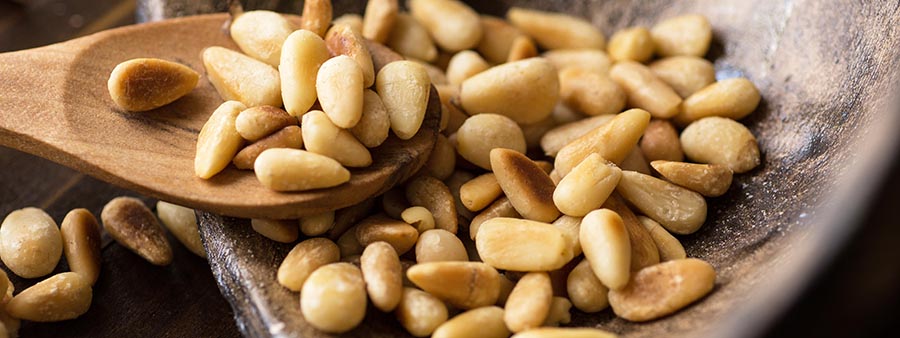
The use of spices, including Mexican oregano, cumin, cilantro and garlic, complements the other ingredients, creating a complex, savory flavor profile.
New Mexican Culinary Techniques & Cooking Methods
The cooking methods New Mexican cuisine employs also set it apart from other foodways. For example, the practice of roasting green chiles over an open flame or large tumble roaster is a common technique that imparts a distinctly smoky flavor. In fact, it is a sure sign that fall is on its way when the aroma of roasting chiles fills the air in every New Mexico community.
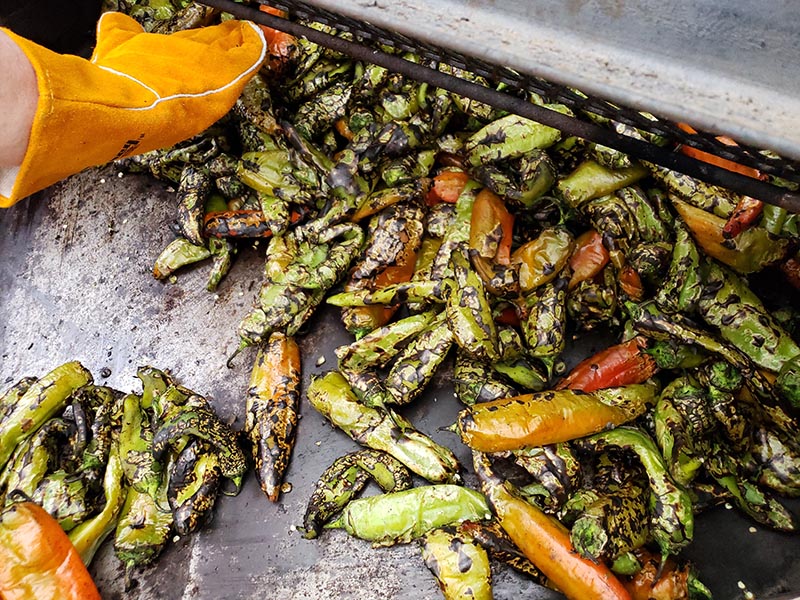
Additionally, New Mexican cuisine often emphasizes grilling, baking, braising and steaming particularly in the preparation of dishes such as carne asada, enchiladas, carne adovada and tamales. Baking, especially in a horno oven, is also a traditional method to create crusty Indian oven bread.
Frying also plays a key role in creating delicious New Mexican dishes, with or without fat. For instance, tortillas are cooked on a flat grill or pan, then used as an ingredient in other recipes. When tortillas are fried, they form the base of tostadas. When cut and fried, the result is tortilla chips. Sopaipillas are puffy squares or triangles of dough, drizzled with honey as dessert or stuffed with savory fillings as a meal. An Indian or Navajo taco deep fries a similar dough into a round then topped with beans, cheese and/or meat.
New Mexican Flavor Profiles: Unique Tastes
The flavors of New Mexican dishes are often more straightforward than other cuisines, relying on the flavor of chiles, rather than more complex layering of spices. Because New Mexican cuisine favors simplicity, the natural tastes of its ingredients tend to shine through – the earthy savor of corn, the fruitiness of green chile, the metallic of red chile and the fatty nuttiness of piñon.
Tomatoes add acid and sweetness that balances the heat of chiles in recipes for salsas, sauces, and stews. Other sweet ingredients like corn and squash also give a pleasant contrast to the spiciness that New Mexican food is known for.
New Mexico: A Multicultural Blend of Heritages
Tri-cultural make up of New Mexico naturally shaped its culinary identity, and the food reflects a blend of Native American, Spanish colonial, and Mexican traditions and ingredients. The result is a cuisine that embodies the rich history and diverse culture of the region.
Do the vibrant and distinct culinary traditions of New Mexican cuisine intrigue you? Whether you want to savor a plate of enchiladas smothered in green chile or enjoy a bowl of red chile posole, Enchantment: A New Mexican Cookbook has the recipe you need. In fact, the cookbook has more than 1,200 time-tested recipes. It’s a delicious reflection of New Mexico rich heritage and identity.

